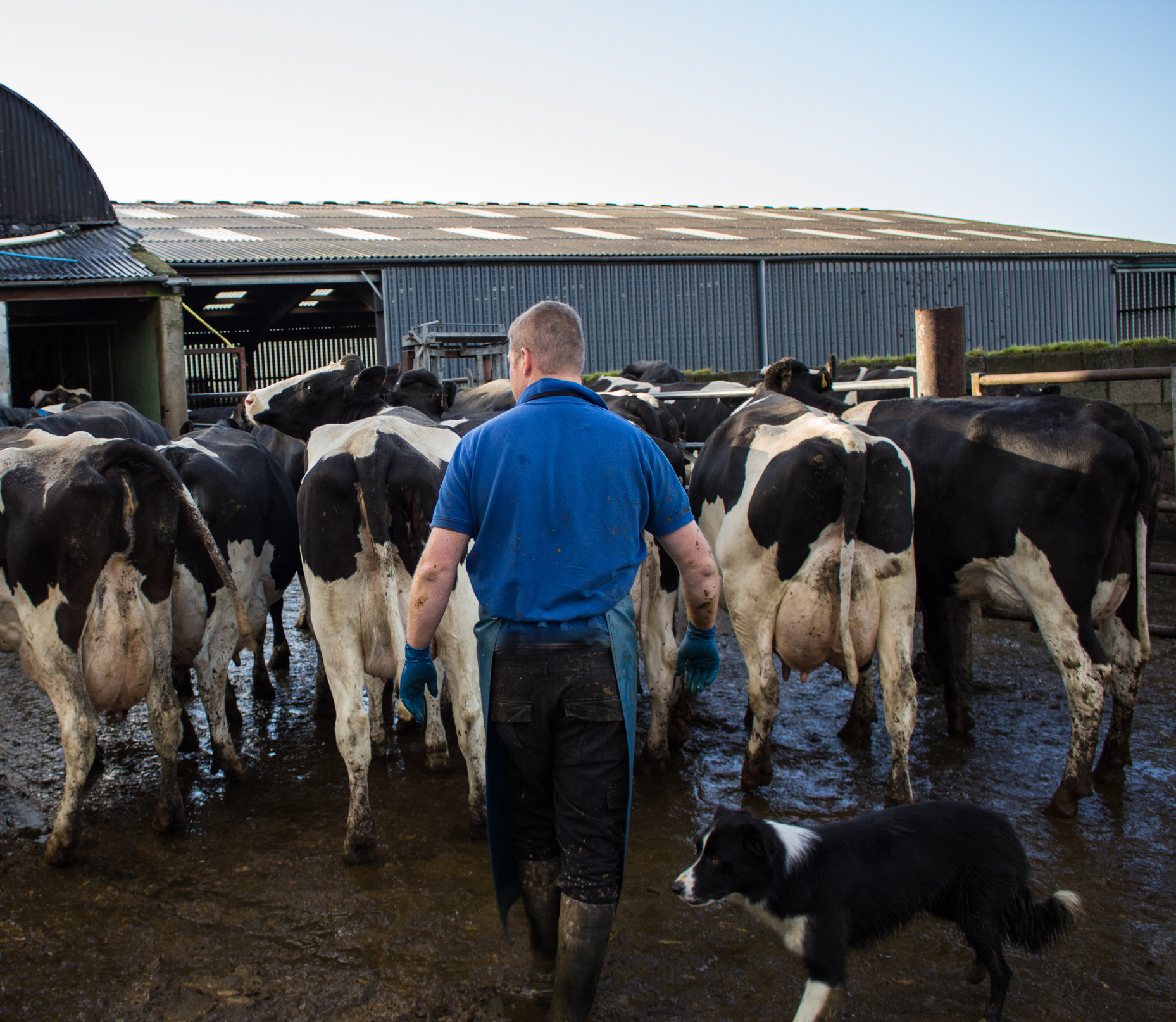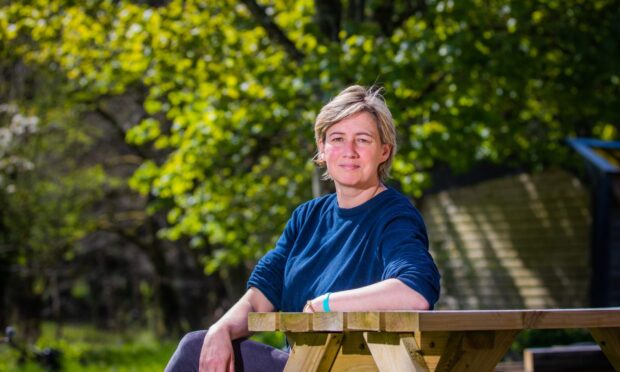The deep downturn in dairy prices over the last 24 months resulted in 17 Scottish farmers giving up milking cows last year.
The total number of Scottish dairy farmers now stands at 957, the lowest level since records began in 1903.
However, the latest analysis by the Scottish Dairy Cattle Association (SDCA) indicates that confidence is returning to the industry, with plans for four new dairy herds to be established in 2017.
Six Lanarkshire producers stopped milking cows, Aberdeenshire lost four dairy farmers and Wigtownshire lost five. Banffshire now has no dairy herds.
Farmers in Kinross-shire, Perthshire, Stirlingshire, Orkney and Lanarkshire all increased their cow numbers over the past year and the average size of herds has increased over the last 12 months by only one cow to an average herd size of 181.
NFU Scotland’s milk policy manager George Jamieson said the biggest surprise to emerge from the analysis was that even more farmers didn’t leave the sector given the damage caused by two years of low milk prices.
“It is testament to the resilience of Scottish dairy farmers and the cost cutting lengths that they have had to go to simply to survive,” he addded.
“We must not be deluded into thinking that the recent price increases have, in any way, compensated for the serious damage done to the primary sector. Many (dairy farmers) are still in a precarious financial position and have only survived by making drastic decisions to keep afloat.”
Mr Jamieson said the risks to the industry remain significant.
He added: “Prospects and opportunities for the global dairy sector, given population growth and urbanisation, will drive demand by 2% per year, – but it is a sector that remains highly competitive and volatile.”
Farmers’ unions across the UK have emphasised the need for movement on the code of conduct on milk contracts, more Government engagement to develop meaningful producer representation and a Grocery Code Adjudicator whose remit covers the entire supply chain.
SDCA secretary Janette Mathie described 2016 as a “horrible experience” for many dairy farmers and called on industry-funded bodies to spend a far larger share of their funding promoting dairy produce to the public, to benefit both producers and milk processors.
She said: “Early signs are that at least 4 completely new dairy farms will start production in 2017 and others may increase cows so I hope it does not lead to over production which will adversely affect the present optimism in the industry.”
nnicolson@thecourier.co.uk










